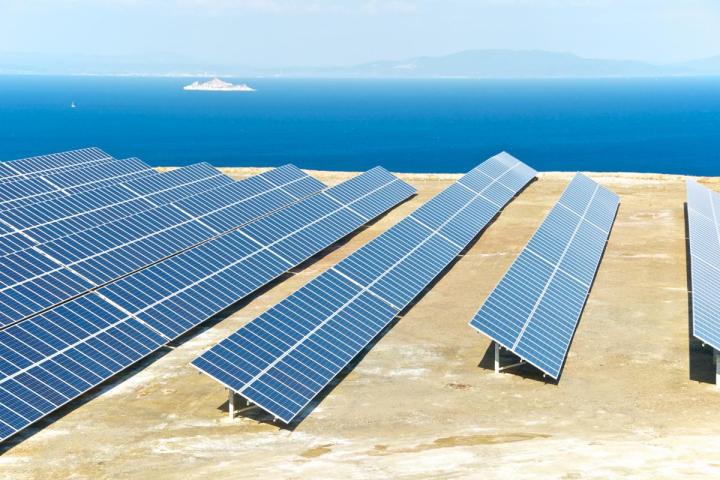
The two companies are partnering to build two massive solar power islands that will float on two reservoirs (or “ponds,” as the announcement refers to them) and generate about 2.9 megawatts of energy.
Related: Need some power? Try this spray-on solar panel
One of the “water-mounted mega solar power plants” will be built to reside on the surface of Nishihira pond. It will generate about 1.7 megawatts of energy, which would make it the world’s largest floating solar plant, according to the announcement. The second floating solar power plant will be built on Dongping pond, and it will generate about 1.2 megawatts of clean energy. Work on this project is set to begin in September, with a target finish date of April 2015.
The combined 2.9-megawatt capacity of these two floating solar power plants would be enough to power anywhere between 483 to 967 American households, according to a Wolfram Alpha query.
The joint venture between Kyocera and Century Tokyo Leasing aims to eventually churn out 60 megawatts of solar power from 30 floating stations, each with about 2 megawatts of capacity, according to a spokeswoman quoted by Bloomberg.
Copenhagen could be a step ahead of Japan in terms of water-bound solar power machinations: The capital of Denmark may soon have giant solar paneled “energy ducks” floating in its harbor.
[Image courtesy of Matteo Gabrieli/Shutterstock]


